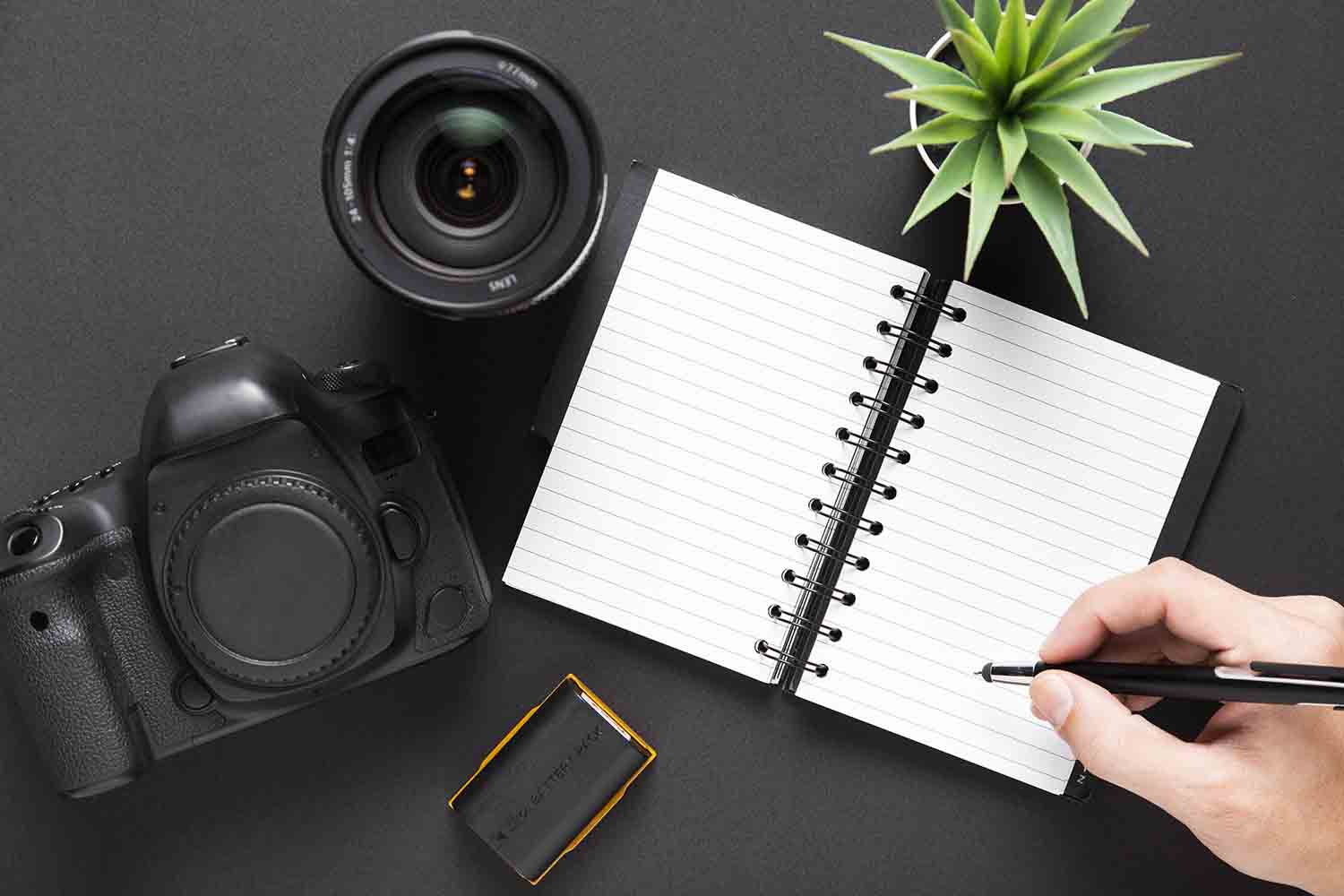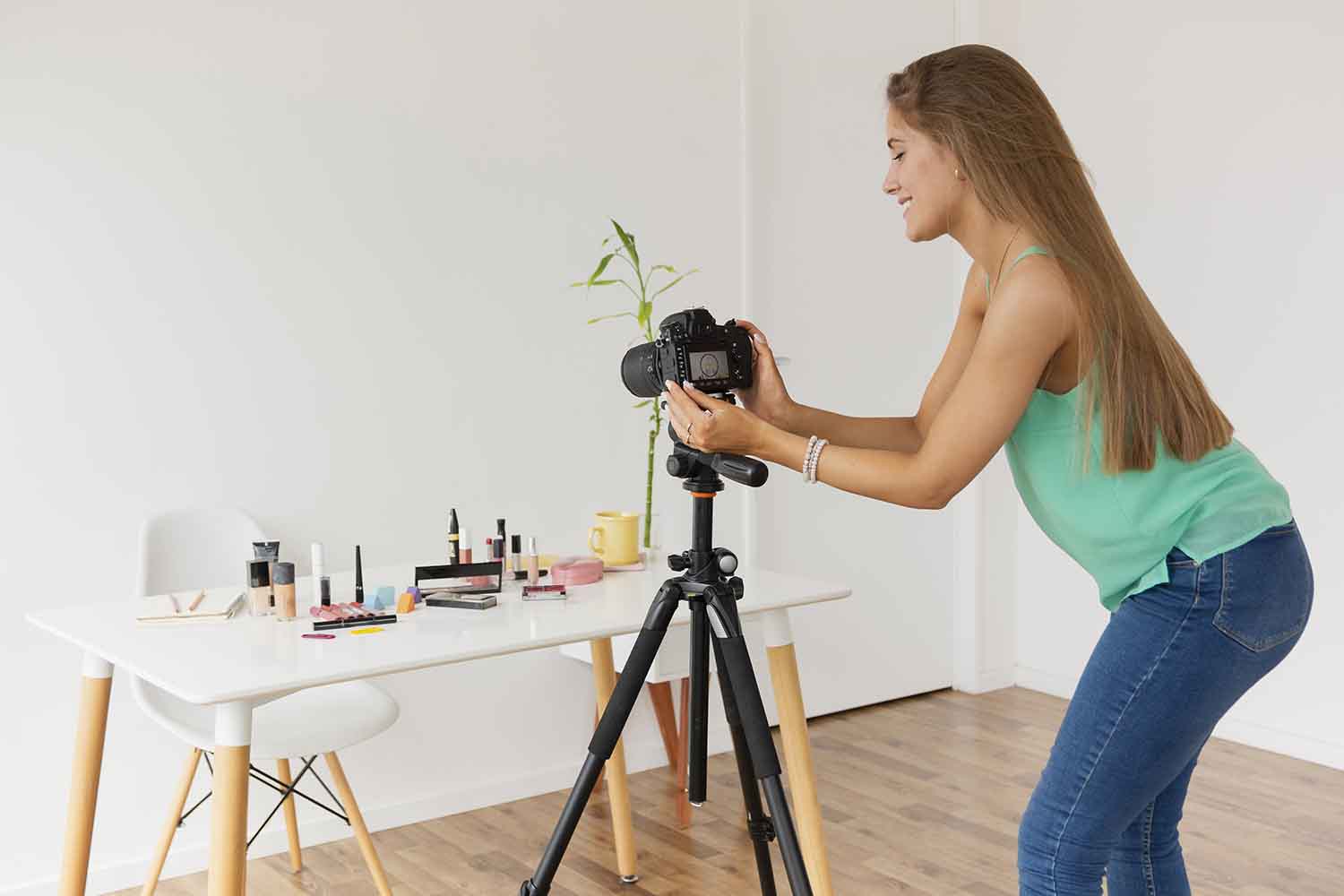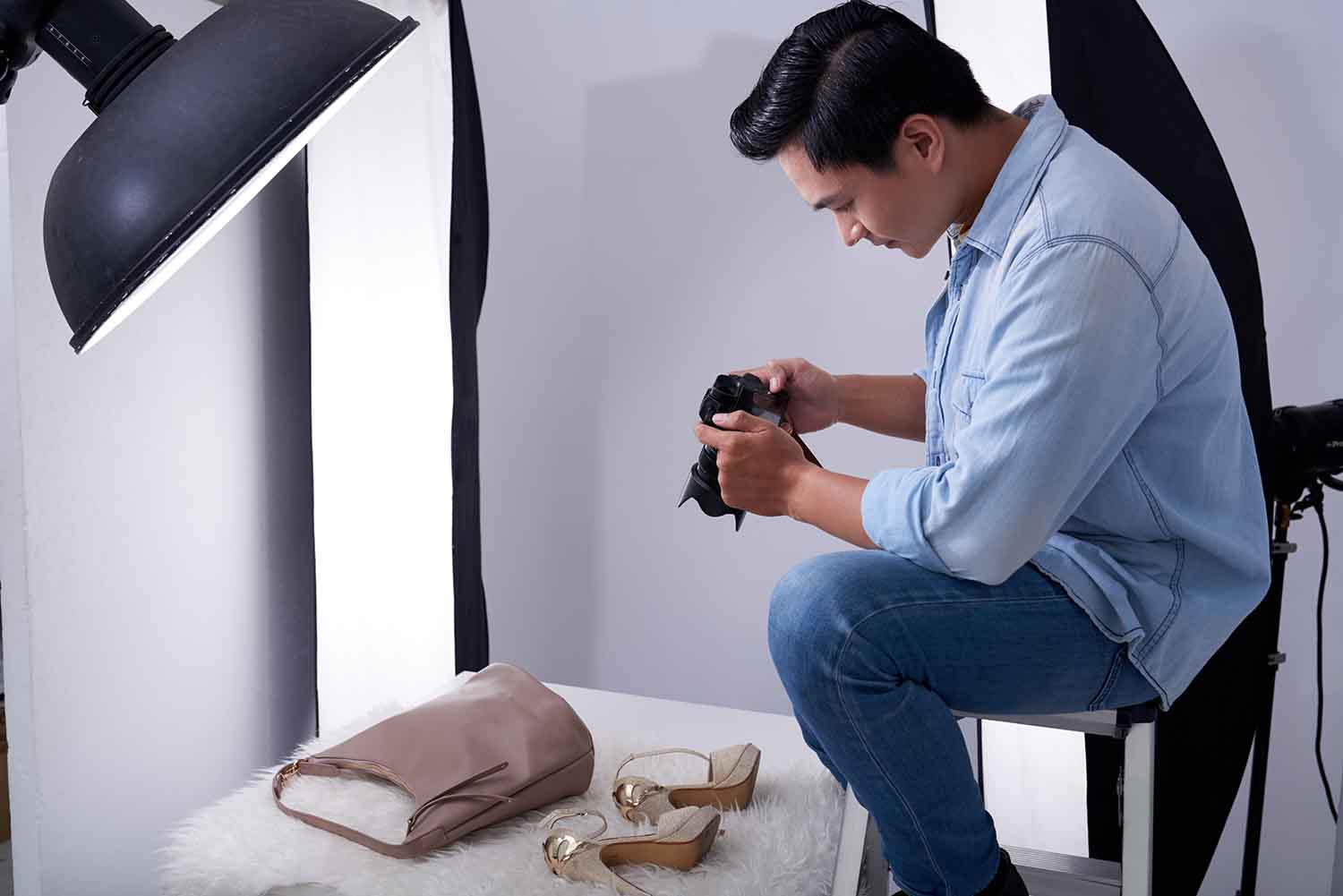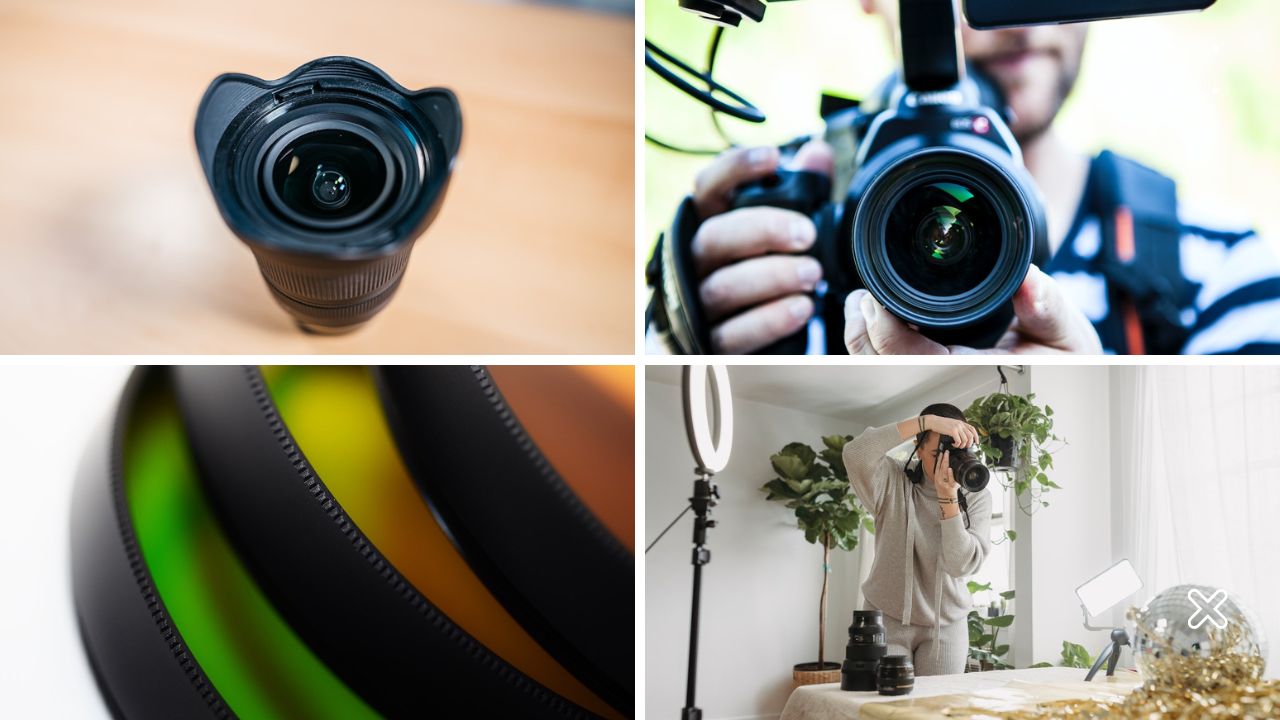Warning: Undefined array key 7 in /home/imgpanda.com/public_html/wp-content/themes/astra/template-parts/single/single-layout.php on line 176
Warning: Trying to access array offset on value of type null in /home/imgpanda.com/public_html/wp-content/themes/astra/template-parts/single/single-layout.php on line 179
Introduction
Landscape photography is a popular genre of photography that has the power to transport viewers to breathtaking natural wonders, evoke emotions, and inspire wanderlust. Whether you are a professional photographer or a hobbyist, capturing stunning landscape photos can be a rewarding experience. However, it takes more than just pointing your camera at a beautiful scene and pressing the shutter button to capture a truly stunning landscape photo.
In this age of smartphones and social media, everyone has the ability to capture a snapshot of a beautiful landscape, but to create a photograph that stands out, you need to put in some effort and use some techniques to capture the beauty of the landscape in a unique and captivating way.
In this article, we will provide you with some tips and tricks for capturing stunning landscape photos that will help you elevate your photography game and make your photos stand out.
Also Read This: Is YouTube a Social Media Platform or a Content Hub
Plan your shoot
Planning your shoot is a crucial step in capturing stunning landscape photos. Before heading out, research the location, check the weather forecast, and plan the time of day when the light is most favorable. This will help you to choose the right equipment and settings for your shoot, as well as save time and minimize the risk of missing the perfect moment.
When researching the location, consider factors such as the terrain, the direction of the light, and any points of interest or unique features that could enhance your composition. Look for vantage points that offer a unique perspective, such as elevated viewpoints, waterfalls, or winding paths that can lead the viewer's eye into the photo.
Checking the weather forecast is also important as it can significantly affect the mood and quality of the light. For example, a cloudy day can provide soft, diffused light that is perfect for capturing the moodiness of a landscape, while a sunny day can provide harsh, contrast light that may require the use of filters to balance the exposure.
Finally, planning the time of day when the light is most favorable is crucial for capturing stunning landscape photos. The golden hours, the hour after sunrise and before sunset, are ideal for capturing soft, warm light that can enhance the colors and textures of a landscape. Consider the direction of the light and the shadows it creates, and how it can add depth and interest to your composition.
By planning your shoot, you can increase your chances of capturing stunning landscape photos that showcase the beauty and uniqueness of the location.

Also Read This: Monthly Earnings Guide with Shutterstock
Use a tripod
A stable platform is essential for capturing sharp and well-composed landscape photos. Invest in a sturdy tripod to help you achieve this. Using a tripod is essential for capturing sharp and well-composed landscape photos. A tripod provides a stable platform for your camera, which eliminates camera shake and allows you to use slower shutter speeds without introducing blur into your images.
When selecting a tripod, consider the weight and stability of the tripod as well as the height and versatility of the tripod head. A heavy, sturdy tripod will offer better stability in windy conditions, while a lightweight tripod may be more suitable for long hikes or travel.

Also Read This: Mastering the Art of Drawing Your Favorite YouTubers
Pay attention to the light
The quality of light can greatly affect the mood and feel of your photos. Pay attention to the direction and intensity of the light, and experiment with different types of lighting, such as golden hour or blue hour.
Use a polarizing filter: A polarizing filter can help reduce glare and reflections in your photos, as well as enhance the colors of the landscape.
Adjust your settings: Adjust your camera settings, such as aperture, shutter speed, and ISO, to achieve the desired effect. For example, a smaller aperture can create a larger depth of field, while a slower shutter speed can create a dreamy, long exposure effect.
Look for interesting subjects: A stunning landscape photo can be made even more interesting by including an interesting subject, such as a person, animal, or object.
Practice, practice, practice: The more you practice, the better you will become at capturing stunning landscape photos. Take your camera with you on hikes or walks, and experiment with different techniques and settings to find what works best for you.

Also Read This: How Much You Can Earn on Shutterstock and Boost Your Income
Compose your shot
Use the rule of thirds to place the horizon, leading lines, and points of interest in your frame. Avoid placing your subject in the center of the frame. Compose your shot: Consider the elements of the landscape and how you want to frame them in your photo. Use the rule of thirds to create a visually appealing composition, and look for leading lines, patterns, and textures that can add depth and interest to your photo.
Pay attention to the foreground: A strong foreground can help anchor your photo and add depth to the image. Look for interesting foreground elements, such as rocks, flowers, or trees, and position them in the lower portion of the frame.
Experiment with different angles: Try shooting from different angles and perspectives to add variety to your photos. Get low to the ground or climb up high to get a different view of the landscape.

Also Read This: How Eren Activated the Rumbling in Attack on Titan
Use a wide-angle lens
A wide-angle lens is ideal for capturing sweeping vistas and expansive landscapes. It also helps you to capture foreground elements that can add depth and interest to your photos. A wide-angle lens can be useful for capturing expansive landscapes and creating a sense of depth and scale. It can also help you fit more of the scene into your frame, which can be especially helpful if you are shooting in a tight space or trying to include a large foreground element. However, be careful not to distort the image too much, as this can create an unnatural or unappealing effect.
Also Read This: Resize Canva Templates with These Simple Steps
Choose the right aperture
The aperture setting controls the depth of field in your photo, or how much of the image is in focus. For landscape photos, you generally want a large depth of field, so that both the foreground and background are in focus.
To achieve this, use a smaller aperture, such as f/8 or f/11. However, if you want to create a shallow depth of field and blur the background, you can use a larger aperture, such as f/2.8 or f/4, but keep in mind that this may not be the best choice for landscape photos.
Also Read This: Will YouTube Ever Shut Down? Examining the Future of the Worldâs Largest Video Platform
Use filters
Polarizing filters can help to reduce glare and reflections, while neutral density filters can help to control the amount of light entering the lens, allowing for longer exposures. Filters can be a great way to enhance your landscape photos and control the light. A neutral density filter can help you create a longer exposure and blur moving elements like water or clouds.
A graduated neutral density filter can balance the exposure between the sky and the foreground, especially useful during sunrise or sunset. A polarizing filter can reduce glare and reflections, enhance the colors and saturation of the scene, and increase the contrast of the sky. Consider investing in a set of filters that can be easily swapped depending on the situation.
Capture the light
Take advantage of the golden hours, the hour after sunrise and before sunset, when the light is soft and warm. Also, look for interesting light conditions such as mist, fog, and dramatic clouds. Light is a critical element in photography, and for landscape photos, the quality and direction of light can greatly impact the mood and atmosphere of the image.
Experiment with different types of light, such as the warm and soft light of sunrise or sunset, the cool and blue light of the blue hour, or the harsh and contrast light of midday. Look for interesting shadows, reflections, and highlights that can add depth and interest to your photo. Don't be afraid to shoot in unconventional lighting conditions, such as during a storm or in fog, as these can create unique and dramatic effects.

Experiment with shutter speed
Shutter speed controls the amount of time that the camera's sensor is exposed to light. For landscape photography, experimenting with different shutter speeds can help you achieve different effects, such as capturing motion blur in flowing water or creating a dramatic and dreamy effect with a long exposure. Use a slower shutter speed (1/30 sec or slower) to blur the movement of water, clouds or people, or use a faster shutter speed (1/500 sec or faster) to freeze action and capture sharp details. Don't forget to use a tripod when using slower shutter speeds to avoid camera shake and blurry images.
Bracket your exposures
Bracketing your exposures means taking multiple shots of the same scene at different exposure levels, usually with a variation in shutter speed or aperture. This technique can be useful in landscape photography when there is a wide range of light in the scene, such as during sunrise or sunset. By taking multiple shots at different exposures, you can blend the images together in post-processing to create a final image with a balanced exposure and maximum detail in both highlights and shadows. Some cameras have built-in bracketing features that Simplify this process with our video: Beginner's Guide to Landscape Photography Tips.
Edit your photos
Use editing software to enhance your photos, adjust the exposure, color, and contrast, and remove any distractions. But remember, editing should only be used to enhance your photos, not to create them. Editing is an essential part of the photography process, and it can help bring out the best in your landscape photos.
Use editing software, such as Lightroom or Photoshop, to adjust the exposure, contrast, saturation, and color balance of your images. You can also use editing to remove distractions, crop the image to improve the composition, and sharpen the details. However, be careful not to over-edit your photos, as this can make them look unnatural and unappealing. Use editing to enhance the beauty of the scene, not to create something that wasn't there in the first place.
"Photography is the art of observation. It's about finding something interesting in an ordinary place... I've found it has little to do with the things you see and everything to do with the way you see them." - Elliott Erwitt
Pros & Cons
Pros:
- Using a tripod can help you achieve sharp and stable images, even in low light conditions.
- Shooting in RAW format gives you greater control over the final image in post-processing.
- Paying attention to the weather and time of day can help you capture beautiful lighting and atmospheric conditions.
- Pre-visualizing the composition can help you create a more compelling and impactful image.
Cons:
- Using a tripod can be cumbersome and heavy to carry around.
- Shooting in RAW format can take up more space on your memory card and hard drive.
- Paying attention to the weather and time of day can be inconvenient and require you to wait for the right conditions.
- Pre-visualizing the composition can take time and practice to develop.
Conclusion
In conclusion, the top 10 tips for capturing stunning landscape photos can be very helpful for photographers who want to create beautiful and impactful images. Each tip has its pros and cons, and it's up to the photographer to decide which techniques and gear work best for their style and preferences. While some tips may require more practice and investment in gear, the end result of capturing stunning landscape photos can be incredibly rewarding and satisfying. Remember to always keep experimenting and pushing your creative boundaries to capture truly unique and breathtaking images.
FAQ
Do I really need a tripod for landscape photography?
Using a tripod is highly recommended for landscape photography, as it can help you achieve sharper and more stable images, especially in low light conditions. However, if you're taking photos during the day with plenty of light and using a fast shutter speed, you may be able to get away without using a tripod.
What is the benefit of shooting in RAW format?
Shooting in RAW format gives you greater control over the final image in post-processing, as you have access to more information and detail in the image file. RAW files contain all the data that the camera sensor captures, while JPEG files are compressed and lose some information in the process. Shooting in RAW format allows you to adjust the exposure, contrast, white balance, and other settings in post-processing without losing quality.
How do I choose the right aperture for landscape photography?
Choosing the right aperture depends on the scene and the effect you want to achieve. Generally, you want to use a narrow aperture (high f-stop number) to ensure that the entire scene is in focus and has a greater depth of field. However, in some cases, you may want to use a wider aperture (lower f-stop number) to create a shallower depth of field and isolate a subject or create a more artistic effect.
What type of filters should I use for landscape photography?
There are many types of filters that can be used for landscape photography, including polarizing filters, neutral density filters, and graduated neutral density filters. Polarizing filters can help reduce reflections and enhance the colors and contrast in the scene, while neutral density filters can allow you to use slower shutter speeds or wider apertures in bright lighting conditions. Graduated neutral density filters can help balance the exposure in a scene with a bright sky and darker foreground.
How can I capture the light in landscape photography?
Capturing the light is about paying attention to the direction, quality, and intensity of the light in the scene. You can use the direction of the light to create shadows and highlight textures and shapes in the landscape. You can also use the quality of the light, such as during golden hour or blue hour, to create mood and atmosphere in the image. Finally, you can use the intensity of the light to create contrast and depth in the scene.
